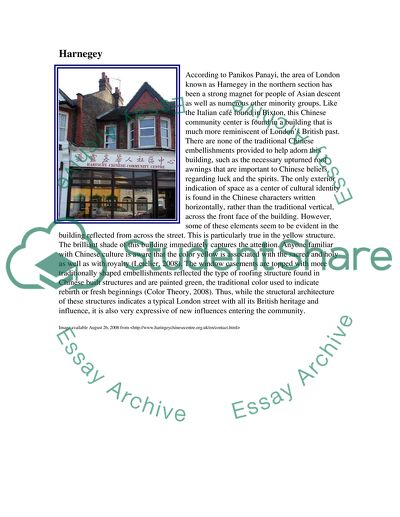Cite this document
(Multi-Cultural London: A Photographic Travel Guide Article, n.d.)
Multi-Cultural London: A Photographic Travel Guide Article. https://studentshare.org/tourism/1547871-travel-guidebook
Multi-Cultural London: A Photographic Travel Guide Article. https://studentshare.org/tourism/1547871-travel-guidebook
(Multi-Cultural London: A Photographic Travel Guide Article)
Multi-Cultural London: A Photographic Travel Guide Article. https://studentshare.org/tourism/1547871-travel-guidebook.
Multi-Cultural London: A Photographic Travel Guide Article. https://studentshare.org/tourism/1547871-travel-guidebook.
“Multi-Cultural London: A Photographic Travel Guide Article”. https://studentshare.org/tourism/1547871-travel-guidebook.


